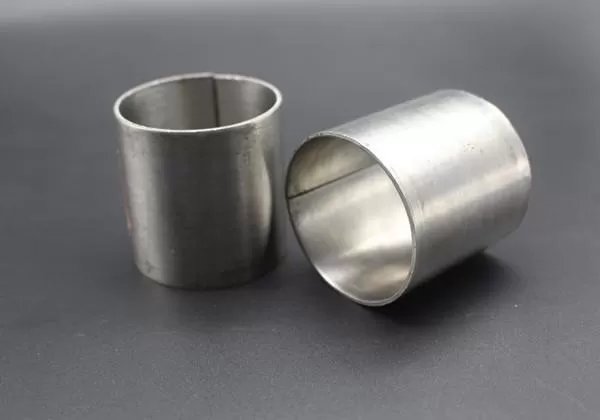The uses of raschig rings
As a traditional ring-shaped packing, Raschig rings, with their structural characteristics and diverse material options, have various applications in the mass transfer processes in fields such as chemical engineering, environmental protection, and experiments. The main application is to provide a contact interface for the gas and liquid phases, promoting the transfer and separation of substances.

I. Usage in Absorption Operations
In absorption operations, the core purpose of Raschig rings is to provide a platform for the contact between gas and absorbent. When a gas containing the target component is introduced into the absorption tower and the absorbent is sprayed down from the top of the tower, the Raschig rings filled in the tower can increase the contact area and contact time between the gas and liquid phases. The target component in the gas comes into full contact with the absorbent on the surface of the Raschig rings and in the surrounding space, thereby being absorbed by the absorbent and achieving gas purification or target component recovery. For example, in small-scale fertilizer production, Raschig rings-filled absorption towers can be used to absorb ammonia from ammonia-containing gas; in the environmental protection field, they are used in small-scale waste gas treatment towers to absorb harmful gas components in the waste gas, such as sulfur dioxide. Different materials of Raschig rings are suitable for different applications, with ceramic Raschig rings suitable for acidic absorbent media, metal Raschig rings capable of handling non-corrosive absorbent environments, and plastic Raschig rings suitable for normal temperature and low-corrosion absorbent scenarios.

II. Usage in Distillation Operations
In distillation towers, the purpose of Raschig rings is to assist in the separation and purification of mixtures. They are filled in the packing layer of the distillation tower and provide a contact channel for the ascending steam and descending liquid. When steam and liquid contact on the surface of the Raschig rings, using the difference in volatility of each component, the volatile component transfers from the liquid phase to the gas phase, and the non-volatile component transfers from the gas phase to the liquid phase, thereby achieving the separation of different components in the mixture. Raschig rings are mainly suitable for small-scale, simple distillation processes, such as laboratory small-scale sample purification distillation towers or primary distillation towers for raw material preliminary separation in small-scale chemical production, which can complete the separation tasks of low-difficulty mixtures and obtain crude products or products meeting basic purity requirements.
III. Usage in Washing Operations
Raschig rings are often used in small gas washing towers in washing operations. Their purpose is to help remove impurities or dust from the gas. When the gas to be washed enters from the bottom of the tower and the washing liquid is sprayed from the top, the Raschig ring packing layer enables the gas and liquid phases to fully contact. The impurities or dust in the gas interact with the washing liquid on the surface of the Raschig rings and are adsorbed or dissolved by the washing liquid, thereby achieving gas purification. For example, in the tail gas treatment of small-scale chemical plants, a washing tower filled with Raschig rings is used to wash gas containing dust or a small amount of harmful impurities, reducing the content of gas pollutants; in the laboratory, it is used for pre-treatment washing of gases to remove interfering components and ensure the accuracy of subsequent experiments.
IV. Usage in Drying Operations
In drying processes, Raschig rings can be used in small drying towers. Their purpose is to promote heat and mass transfer between the material to be dried and the drying medium. When the dried gas or liquid passes through the drying tower filled with Raschig rings, it comes into full contact with the drying medium (such as hot air, drying agent solution, etc.) around the Raschig rings. The Raschig rings increase the contact area between the two phases and prolong the contact time, helping the moisture in the dried material transfer to the drying medium, achieving the drying purpose. For example, in small-scale food processing or chemical production, for the preliminary drying of certain liquid materials or for dehydration drying of gases, to meet the requirements of subsequent production processes for the moisture content of the materials.
V. Usage in Experimental Research
Raschig rings also have important uses in experimental research, often serving as the packing of laboratory small-scale mass transfer experimental towers. In chemical mass transfer teaching experiments, by filling the experimental tower with Raschig rings, students can visually observe the flow state and mass transfer process of gas and liquid phases in the packing layer and understand the mass transfer principle; In the process research, researchers use the Raschig ring for small-scale experiments to explore the process parameters of mass transfer, or to compare its performance with that of new types of fillers, in order to provide experimental basis for the selection of fillers for industrial equipment. Its simple structure and low cost make it a commonly used filler in laboratories for conducting experiments related to mass transfer.

